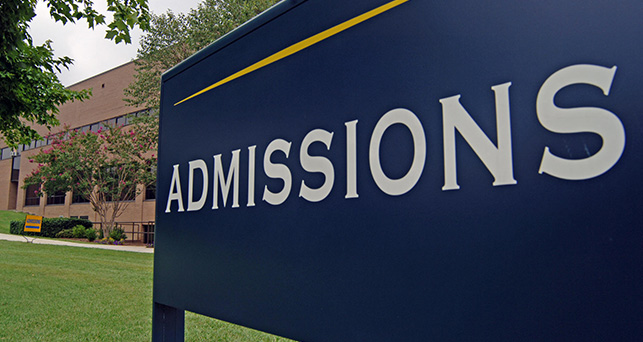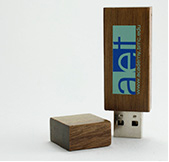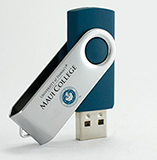
Building Connections Using Online & Blended Education
How Can Universities Build Affinity with Online and Blended Education Students?
According to a 2011 study by the U.S. Department of Education, 20.4% of undergraduate students in postsecondary institutions participated in a distance education course in the 2007-08 school year. Additionally, in a 2011 Pew Research Center survey, 46% of college graduates that graduated in between 2001 and 2011 reported taking a class online.
Students aren't the only ones embracing the shift. The same Pew Research survey found that college presidents are more likely than the general public to think that online courses offer the same value as courses taken in the classroom, with 51% of respondents indicating that online courses provide the same value.
With burgeoning momentum on both the student and institutional sides of distance learning, it has become increasingly important for students and administrators alike to deal with the new challenges that the online and blended education models introduce to the college experience.
Building Affinity with Remote Students
[caption id="attachment_245" align="alignright" width="169"] College Branded USB[/caption]
College Branded USB[/caption]
Building affinity through programming and messaging is a key function for all colleges and universities. The benefits of developing strong institutional affinity are substantial and diverse; from increased alumni engagement to improved recruitment numbers, the strength of institutional affinity will fundamentally change how students interact with your institution throughout their life cycle.
For the traditional student, building affinity is something of a known known. Engagement through programming, athletic and cultural events, and participation in student groups are all understood to improve, in general, affinity with the institution.
In this context, the distance learning model proves to be a nascent challenge, especially to newer schools and online-only institutions. If distance learning students aren't available for traditional programming, are unlikely to participate in traditional athletic and cultural events, and won't meet other students face to face more than a few times throughout the year, how does the university build affinity with these students?
To some degree, the solution is to "translate" these activities into the online space. Cultural events can be broadcast in a webcast available only to students, student groups can be migrated onto message boards and chat rooms, and some students will still come onto campus to participate in events that are compelling for them. It is easy to see, however, why these types of solutions are only a Band-Aid fix when it comes to building affinity.
Creating a Branded Online Experience
What we're really discussing when we talk about institutional affinity, of course, is brand affinity. Traditional university learning models are excellent brands. If you walk around a Big 10 campus, you'll see no shortage of branding as you walk amongst the rows of lecture halls, dormitories, and libraries.
To build affinity this effectively with distance learning students, colleges and universities that have embraced the distance learning model now must find ways to brand themselves. This is partially accomplished by the branding and engagement offered by the institution's web properties, but in order to build true affinity, the university experience must be brought to the student.
Going Digital Effectively
Bringing the university experience to the student is no easy task, and of course can never be done comprehensively. However, there are a number of ways to deliver this experience as effectively as possible.
Branding for distance learning programs starts with information packets. These thick folders, printed expertly to display a college's brand, filled with pamphlets, forms, and letters donning the university letterhead all serve to create an immersive experience for the prospective student. Outside of legacy, this is the first, and arguably most important, branding activity that universities undertake.
The distance learning student, however, may not take the next logical step and schedule a campus visit. Perhaps they never intend to actually be on campus, or maybe there simply isn't a campus. Traditionally, a campus visit is an incredibly powerful branded experience that builds affinity (and excitement) for the incoming student.
[caption id="attachment_254" align="alignleft" width="157"] College Flash Drive[/caption]
College Flash Drive[/caption]
In the digital age, branded flash drives can bridge the gap between student and campus during this phase. To any student that graduated college in the 21st century, the university lanyard was a rite of passage. With a lanyard and an official university flash drive, a tiny piece of the college experience is exported and delivered to the distance learning student, and affinity for the institution is built.
Besides just being able to carry a part of their university identity around with them, such a device also delivers branded media that itself builds affinity. From virtual tours to registration tutorial videos to installers for important applications, the university flash drive provides the incoming student a sense of security and simplicity, knowing that everything they need is in one place.
As higher education continues to evolve, so will our model of what constitutes a classroom. Online and blended education models are only becoming more prevalent, and the institutions that are able to build affinity with students that participate in these models will continue to thrive in recruitment, involvement, and alumni engagement.
The question, then, is the following: will your institution be a school, or an alma mater?